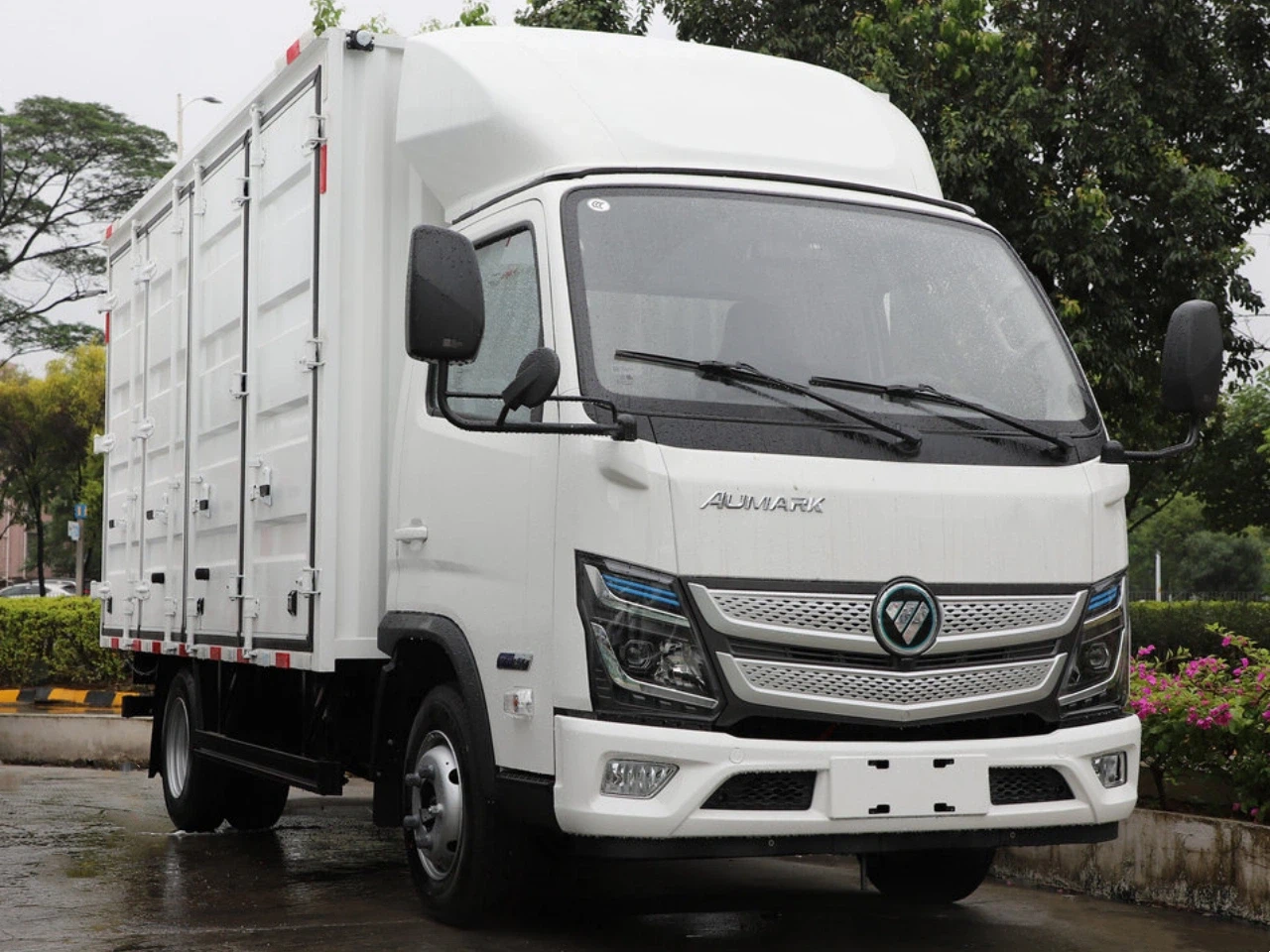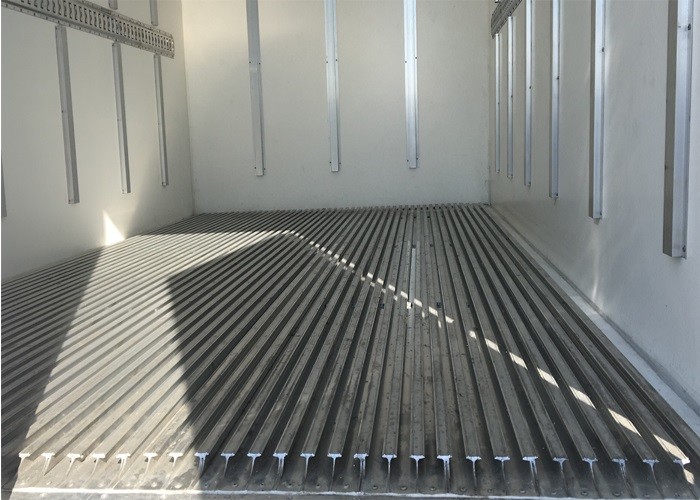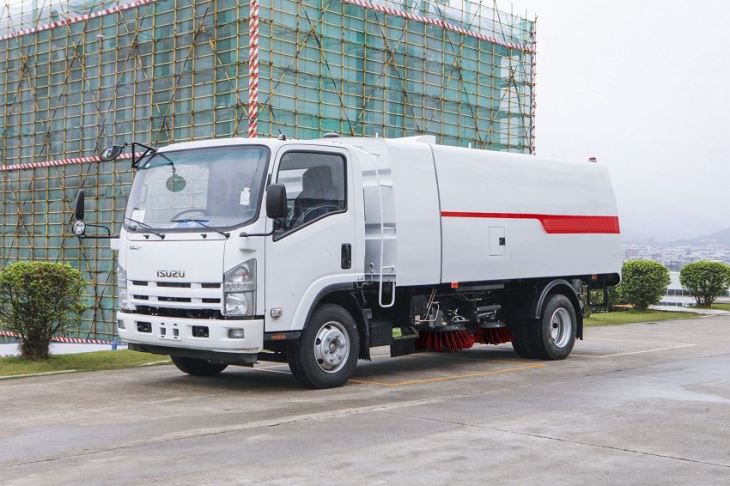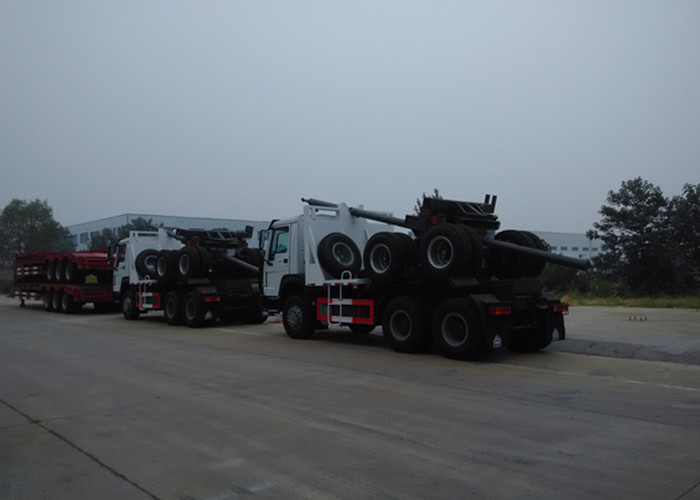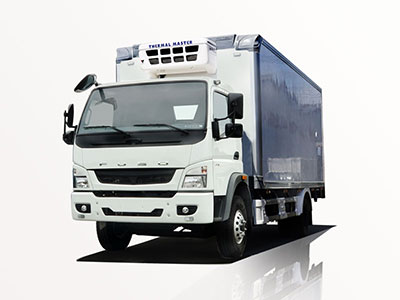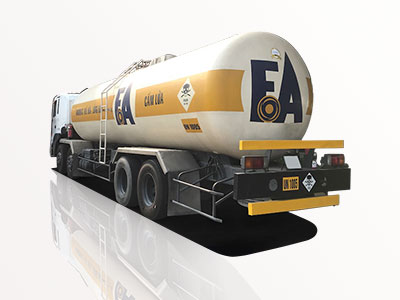Fire trucks play a crucial role in emergency services by responding to fires, medical emergencies, and other disasters. Among various types of fire trucks, rear steering fire trucks have emerged as a specialized vehicle designed to enhance maneuverability and efficiency. In this article, we will delve deep into the mechanics, advantages, applications, and considerations of rear steering fire trucks, along with practical examples and tips for fire service professionals.
What is a Rear Steering Fire Truck?
A rear steering fire truck is a unique design that allows for improved steering capabilities and enhanced maneuverability, particularly in urban environments. Instead of conventional front steering, these trucks employ a rear-steering system that can significantly reduce the turning radius and improve handling during operations. This innovation is particularly beneficial in tight spaces, congested streets, and during complex firefighting maneuvers.
How Rear Steering Works
Rear steering systems typically involve additional axles at the back of the fire truck that can turn in the same or opposite direction as the front wheels. The concept is to synchronize the movements to enhance turning capabilities.
Types of Rear Steering Mechanisms
- Electronic Control Systems: Most modern rear steering systems utilize electronic controls to synchronize the steering angle with the front wheels. This allows for precision and adaptability in various environments.
- Hydraulic Systems: Some trucks may use hydraulic mechanisms, which allow for quicker adjustments and more direct handling, catering to the specific needs of firefighters on the field.
Advantages of Rear Steering Fire Trucks
Rear steering fire trucks offer several advantages that make them increasingly popular among fire departments:
Increased Maneuverability
One of the primary benefits of rear steering is its ability to reduce the turning radius of the fire truck, allowing it to navigate tight corners and congested urban environments more easily.
Enhanced Stability
The rear steering mechanism improves the overall stability of the vehicle during high-speed maneuvers, which is crucial when responding to emergencies.
Better Safety
Rear steering systems can provide better control, reducing the risk of accidents during high-pressure situations. This added safety feature is vital for both firefighters and civilians on the scene.
Improved Response Time
With enhanced maneuverability and stability, rear steering fire trucks can navigate to emergency locations more quickly, ultimately improving response times.
Applications of Rear Steering Fire Trucks
Rear steering fire trucks are particularly beneficial in various situations:
Urban Environments
In densely populated areas, where space is limited, rear steering fire trucks can easily navigate narrow streets and alleys, providing timely responses to emergencies.
High-Rise Buildings
Rear steering capabilities allow fire trucks to position themselves at optimum angles near high-rise buildings, facilitating faster deployment of firefighting equipment.
Rescue Operations
In rescue operations, where every second counts, the ability to maneuvers quickly can save lives. Rear steering vehicles can position themselves optimally to facilitate rescue efforts.
Practical Tips for Fire Departments
Choosing and utilizing rear steering fire trucks can be a game-changer for fire departments. Here are some practical tips:
Training and Familiarization
Ensure that all drivers and crew members receive comprehensive training on the specific rear steering mechanisms of the fire truck. Familiarization with the vehicle will improve confidence and reduce the chance of accidents.
Regular Maintenance
Regularly check both the front and rear steering systems to ensure they are functioning correctly. Mechanical failures in steering can lead to severe accidents during emergency responses.
Simulation Drills
Conduct simulation drills using the rear steering fire truck to practice various scenarios. This practice can greatly improve response times during real emergencies.
Cost Considerations
Investing in a rear steering fire truck involves several costs:
- Purchase Price: Rear steering fire trucks tend to cost more than conventional models due to their specialized design and technology.
- Maintenance Costs: Higher maintenance costs may be necessary due to the complexity of the rear steering systems.
- Training Expenses: Ongoing training for personnel is essential, which can add to the overall cost of ownership.
Future Trends in Fire Truck Design
The fire service industry is continually evolving, and rear steering vehicles may see further innovation:
Integration with Smart Technology
Future models may integrate advanced technologies such as autonomous steering and real-time navigation systems to further enhance their capabilities.
Eco-Friendly Options
As sustainability becomes a priority, manufacturers might develop rear steering fire trucks that utilize alternative fuels or hybrid technology for reduced environmental impact.
Comparative Analysis: Rear Steering vs. Conventional Fire Trucks
| Feature | Rear Steering Fire Trucks | Conventional Fire Trucks |
|---|---|---|
| Maneuverability | High | Moderate |
| Turning Radius | Tighter | Wider |
| Control | Enhanced | Standard |
| Suitability for Urban Areas | Excellent | Good |
| Cost | Higher | Lower |
FAQs about Rear Steering Fire Trucks
1. What are the primary benefits of a rear steering fire truck?
The primary benefits include increased maneuverability, enhanced stability, better safety, and improved response times, especially in urban environments.
2. How does rear steering improve handling in emergencies?
Rear steering improves handling by allowing the fire truck to turn more sharply, thereby aiding in navigation through tight spaces and enhancing control during high-speed maneuvers.
3. Are there specific training requirements for operating rear steering fire trucks?
Yes, operators should undergo specialized training to understand the unique mechanics and handling of rear steering fire trucks to ensure safe and effective operations.
4. What costs should a fire department consider when investing in rear steering fire trucks?
Costs to consider include the purchase price, maintenance costs, and ongoing training expenses for personnel.
5. Can rear steering fire trucks be used in rescue operations?
Yes, their enhanced maneuverability makes them suitable for various emergency situations, including rescue operations.
6. What future innovations can we expect in rear steering fire truck design?
Future innovations may include integration with smart technology and eco-friendly options to reduce environmental impact.
